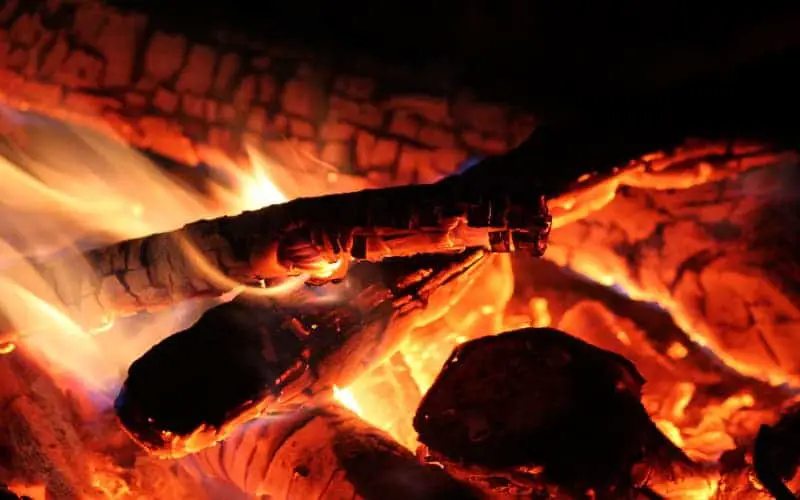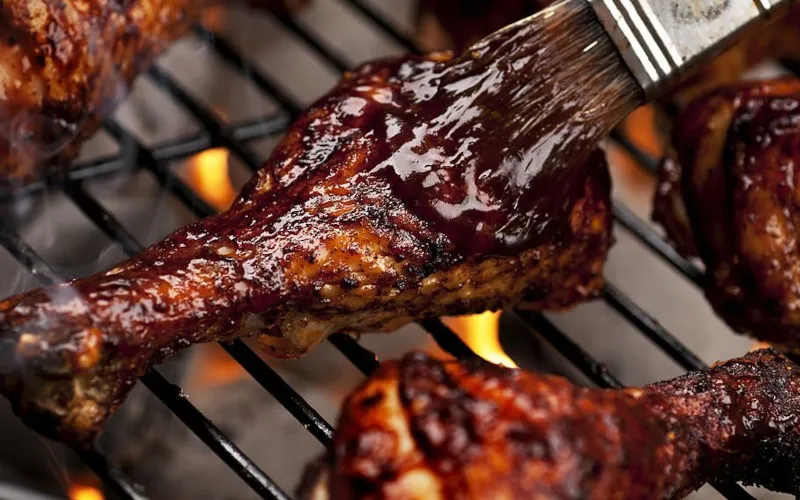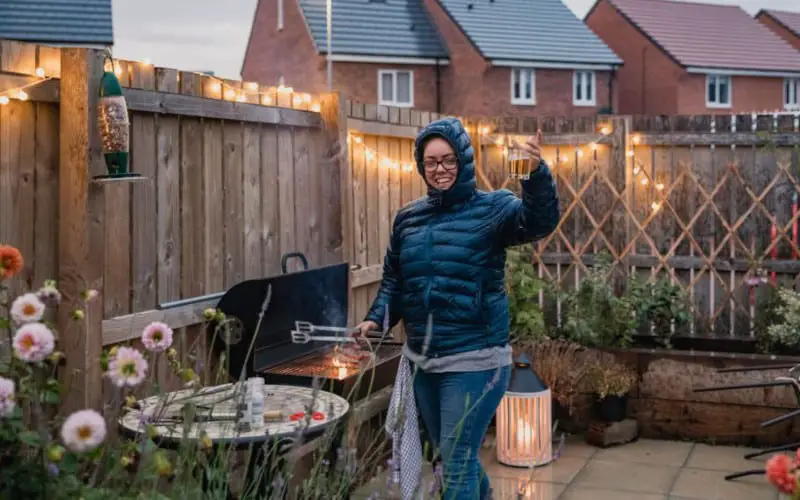Smoking meat is a great way to make your delicious smoked meats. You can smoke almost anything with a dry surface, and it will work well.
In this blog post, we will talk about 10 tips for smoking meat you may not know! These tips will help you get the best-tasting meat possible.
Here are 10 tips for smoking meat that you may not know! These tips will help you get the best-tasting meat possible.
Tip 1: Keep Your Smoker Clean
The first thing you need to do is keep your smoker clean – don’t let old food residue build up inside your smoker. Add wood chips or chunks with each new batch of meat (depending on what type of flavor you want).
Ensure that the grill or oven temperature is at the right level before adding any meat. If it’s too cold, add more heat; if it’s too hot, add more wood to decrease the temperature.
[humix url=”https://electricsmokerhq.com/humix/video/F3wPs6aJPaf” float=”1″ autoplay=”1″ loop=”1″]
Tip 2: Add Wood Chips
Add wood chips or chunks with each new batch of meat – this gives different flavors depending on your wood type. You can also toast or roast them to add a smokey flavor.
Try different woods like hickory, applewood, and cherry.
Make sure that you’re using the right type of wood for your meat – alder is best suited to seafood, while hickory and applewood are great choices if you want some strong flavors in there! For beef ribs, use oak until about 160°F – 165°F. For beef brisket, use hickory or mesquite at around 275°F.
Tip 3: Have Enough Charcoal
It is important to ensure you have enough charcoal in your smoker before you start cooking. You can do this by opening the intake and chimney baffles, then adding charcoal for fuel.
This will help keep your fire fresh with each batch of cooked food without letting it burn out too quickly.
But be careful not to overfill them because if they are full, the temperature inside may drop due to too much carbon dioxide gas released into the chamber.
It’s also worth noting that some smokers come equipped with dampers that control drafts from outside air or even other chambers within the unit! These might need adjusting based on how well-ventilated you want your smoking session to be.
Tip 4: Set Up Two Probe Thermometers
When smoking meat, you must have a way to monitor the temperature. Use a thermometer to ensure you don’t overcook the meat on your smoker. It’s important not to overcook the meat.
This may ruin its texture and cause bacteria growth, compromising safety in some cases (especially when cooking poultry).
This can be done by setting up two temperature probe thermometers; one near your food so you know how hot it is at any given time and another inside the smoker where there should not be much heat generated yet.
The second probe will let us know what’s happening inside our unit without opening it.
This helps maintain an even high/low-temperature range throughout, preventing overcooking or undercooking meats on either end of the spectrum!
It also means we don’t need to constantly check these probes every few minutes to ensure our food is cooking as desired.
Tip 5: Adjust the Temperature
Make sure your smoker is at the right temperature before adding more food to avoid undercooked or overcooked meat. If you are using an electric smoker, ensure it’s set up properly.
Adjust the temperature to your liking – higher temperatures will make meat more tender and moist, while lower temps will be better for something like ham or beef jerky.
You should avoid cooking at too high of a temp because it can cause flavorless charring on the outside of the meat.

Tip 6: Don’t Use Too Much Water
Don’t use too much water in your smoker. It will dilute the flavor and may cause bacteria growth on the surface of your meat.
Keep adding wood chips or chunks to keep up with how quickly they burn out. Make sure that you don’t have any wet surfaces inside your smoker so that nothing can evaporate!
Tip 7: Give the Smoker Some Time
Be patient when smoking meats – they take time to cook properly! It’s worth waiting for that great taste, though! Smoking takes a lot longer than cooking food over an open flame.
Meals usually come out best if smoked at around 225°F or 250°F (depending on what is being cooked). This isn’t something where you just put some coals into the grill and wait for it to heat up – smoking is a whole different process!
Keep your smoker going for at least two hours – you don’t want to smoke it one or two times because this will dry out the surface of the meat. You’ll know when it is done by looking for a light pink color in the middle and cracks in the bark on top.
It would be best to smoke meats for about six hours or until they are done cooking with wood chips or chunks added every hour of smoking time.
This helps give the food that smoky flavor we all love! But you have to be careful not to overdo it because you don’t want too much tar on your food.
There are a few ways to ensure you’re not getting too much tar in your food. One is using fruit woods such as apple, cherry, or apricot, which will give it that sweet flavor without adding carcinogens to the mix!
Tip 8: Keep an Eye on the Smoker
Keep an eye on what’s going on by checking up on your smoker occasionally, and add fuel as needed while cooking. Check the level of coals or wood chips regularly.
If they’re not hot enough, more must be added so food can continue cooking properly. If a fire needs more fuel or the food is cooking too hot, remove some of the coals – it’s important not to let them go out!
Tip 9: Vary the Temperature of the Meat
Remember that meats like poultry, fish, and pork should be cooked to an internal temperature of 165°F. If you’re smoking beef or lamb, these must cook longer. They are safe at 145°F (medium rare) but taste better if left until it reaches 160°F-165°F (depending on preference).
Beef ribs may take up to 12 hours, while chicken only takes two hours. This depends on what thickness your meat has. Thicker cuts require more time for all parts within the meat to reach the correct cooking temperatures.
Tip 10: Use an Electric Smoker
If possible, use an electric smoker as it’s easier to control what goes on inside. This will give more consistent results than when cooking over charcoal, where temperature can fluctuate wildly.
It also means that less fuel will need to be used up, which helps with anything from saving money on gas bills while camping or just making life simpler. If you’re interested in an electric smoker, check out our reviews of the best electric smokers before investing in purchasing one.




